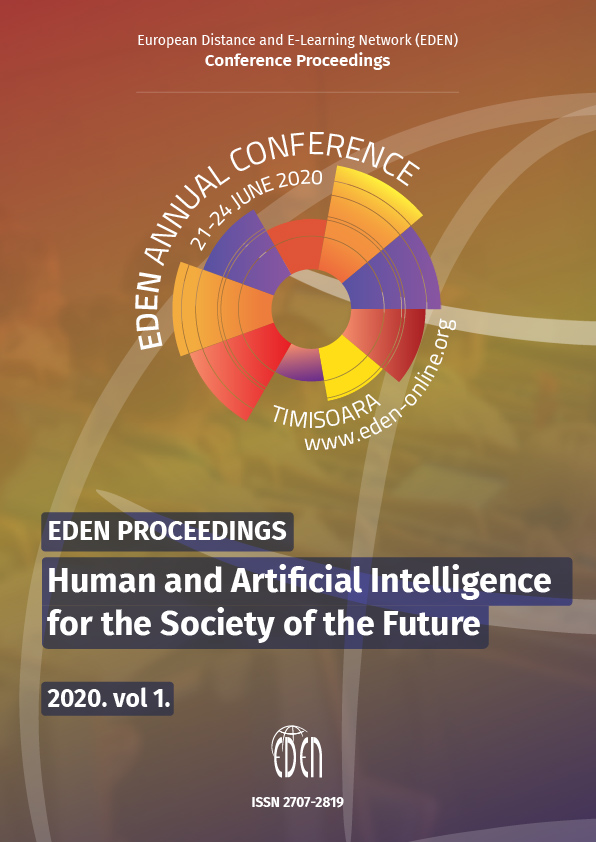The Student Study Experience – Analysing Student Study Choices
The Student Study Experience – Analysing Student Study Choices
Author(s): Chris Edwards, Mark GavedSubject(s): Social Sciences, Education, Higher Education
Published by: European Distance and E-Learning Network
Keywords: Augmented Reality and Virtual Reality in Education and Training; Big Data in Education and Learning Analytics;
Summary/Abstract: As higher education institutions increasingly teach at scale new challenges are introduced. These are further compounded as institutions increasingly offer greater levels of choice to students (in terms of which modules to study, which order to study them, and how long to extend study before qualification). A key challenge is to maintain an understanding of the student experience and the results from the huge increase in variations in student study paths: particularly because of the fragmentation of module cohorts into sub-cohorts. This understanding is necessary to provide feedback to both students and faculty and is required institutionally to enable the continued enhancement of quality. This paper is the first description of one fresh approach to this challenge. Whilst the approach is based on the experience within a large distance learning university, the findings are relevant to all institutions working at scale. It demonstrates that a new approach to data is key to facilitating the analysis of student study pathways. For many years, this University has offered great flexibility of study and as wide a study choice as it is possible to offer through a modular approach. By design, the University holds high levels of data for all student study. However, whilst it is possible to create bespoke queries of this data, experience has shown this to be too resource-intensive to readily enable different analyses of the student experience; leaving colleagues frustrated that many of their questions about the experience of students within their qualifications remained unanswered. By moving from a traditional relational database structure to a graph database, a powerful graphical query language makes it possible to quickly design study path queries that more readily explore the richness of available data. In this paper, we provide an overview of this approach that could be applied by other universities and higher education institutions where data is not been fully utilised to enhance the student experience, and describe the next steps, including the potential to apply machine learning algorithms and test other data theories like that of Markov Chains.
Journal: European Distance and E-Learning Network (EDEN) Conference Proceedings
- Issue Year: 2020
- Issue No: 1
- Page Range: 373-379
- Page Count: 7
- Language: English

